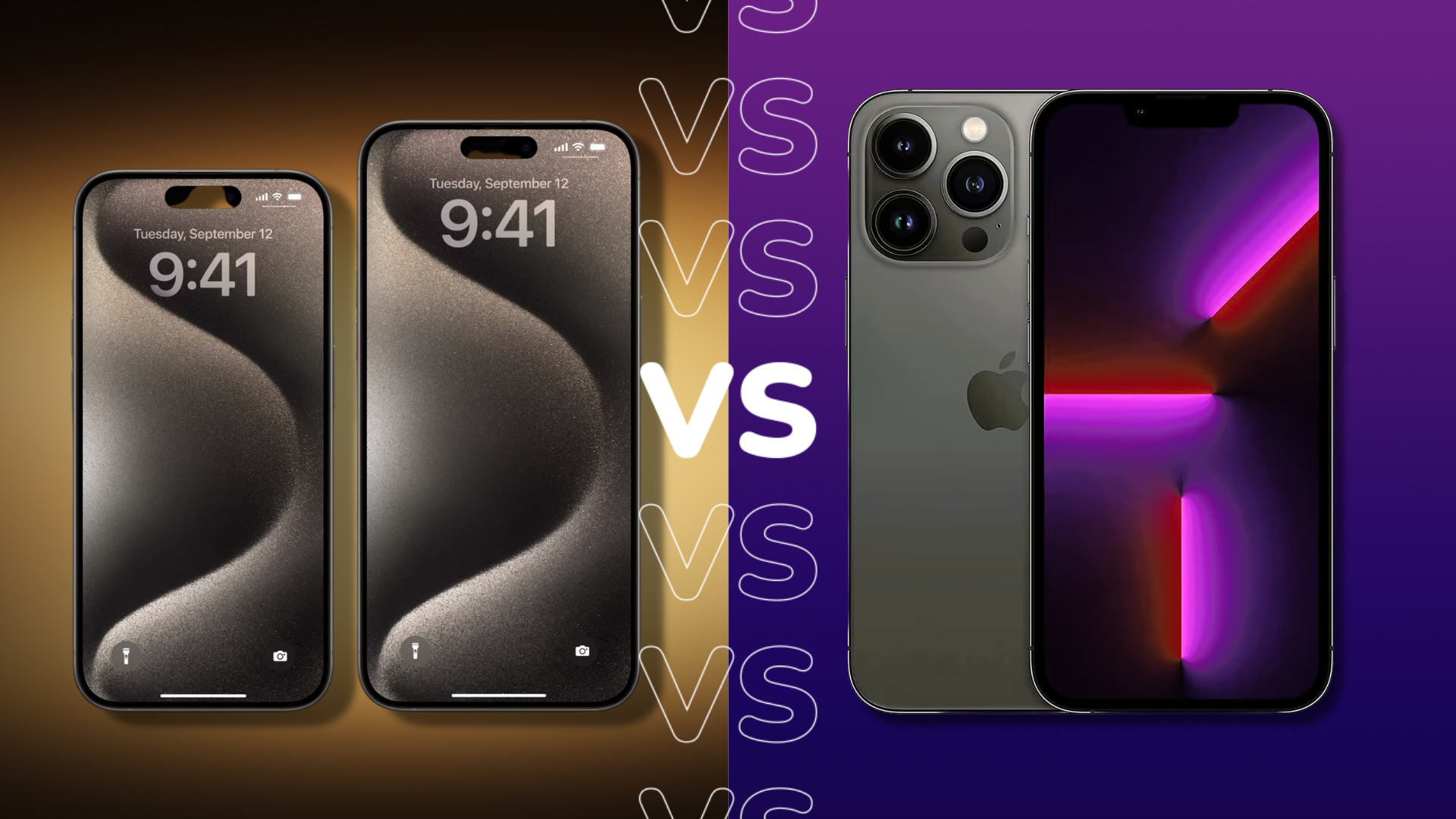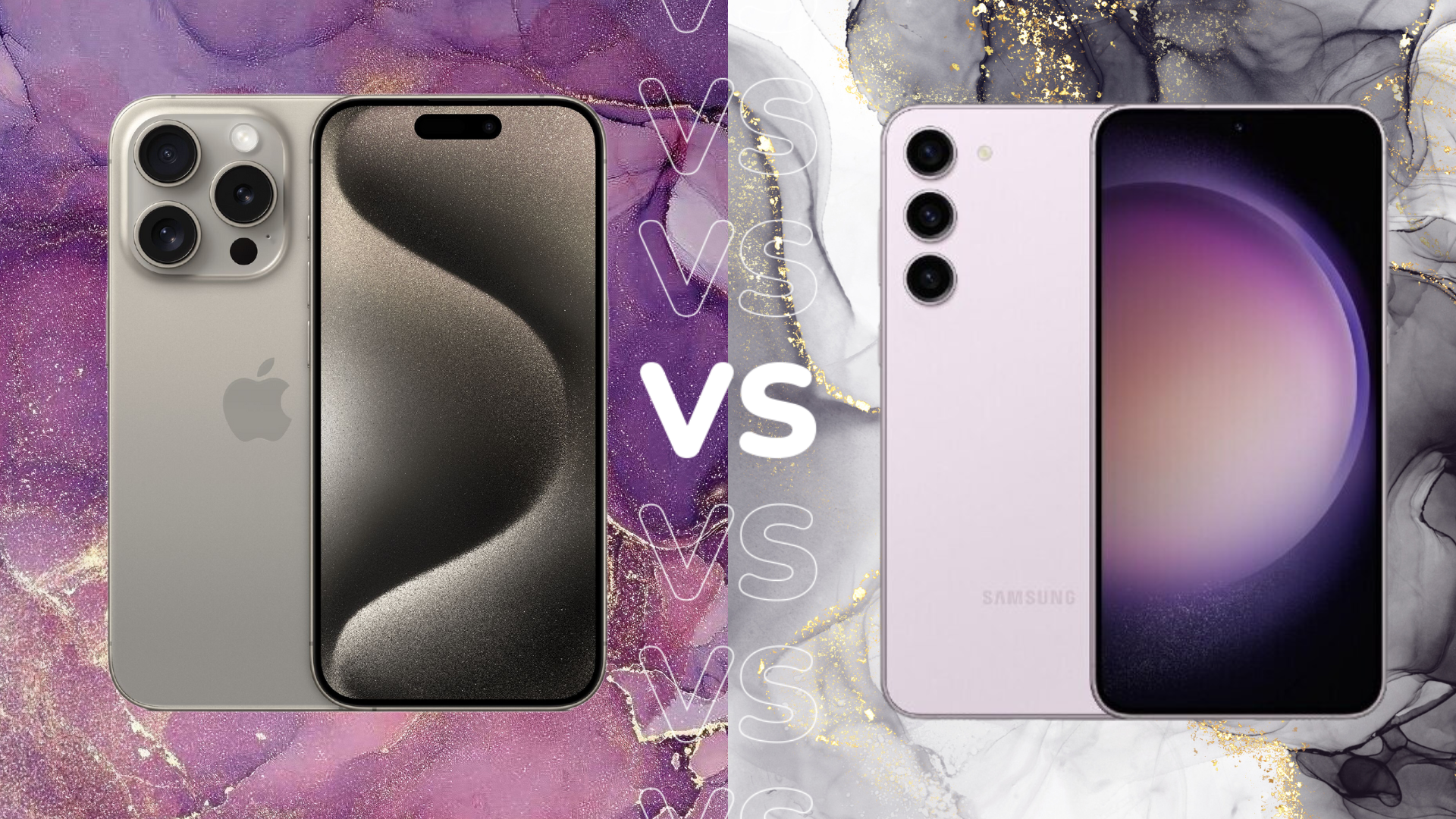iPhone 15 vs iPhone 14: What’s Apple done differently?

Picking a new handset can be a complicated process at the best of times and it can be even more frustrating when you’re looking at handsets from the same brand.
With that being said, we’re going to be running through all the key differences between the iPhone 14 and iPhone 15, so you can decide which device is best suited for you. The latest update to the range has brought about a brand-new swath of updates, from software to hardware and everything in between.
We have reviewed both the iPhone 14 and iPhone 15, and so can not only tell you the big differences in terms of specs, but also how each iPhone performs and feels to use. Keep reading to find out our expert view on the iPhone 14 and iPhone 15, and which you should consider buying.
Design and screen
The iPhone 14 sports the exact same look as both the iPhone 13 and iPhone 12, with flat sides and a matte finish. The IP68 rating ensures that it’s protected against raindrops, so you can take it out on rainy walks.
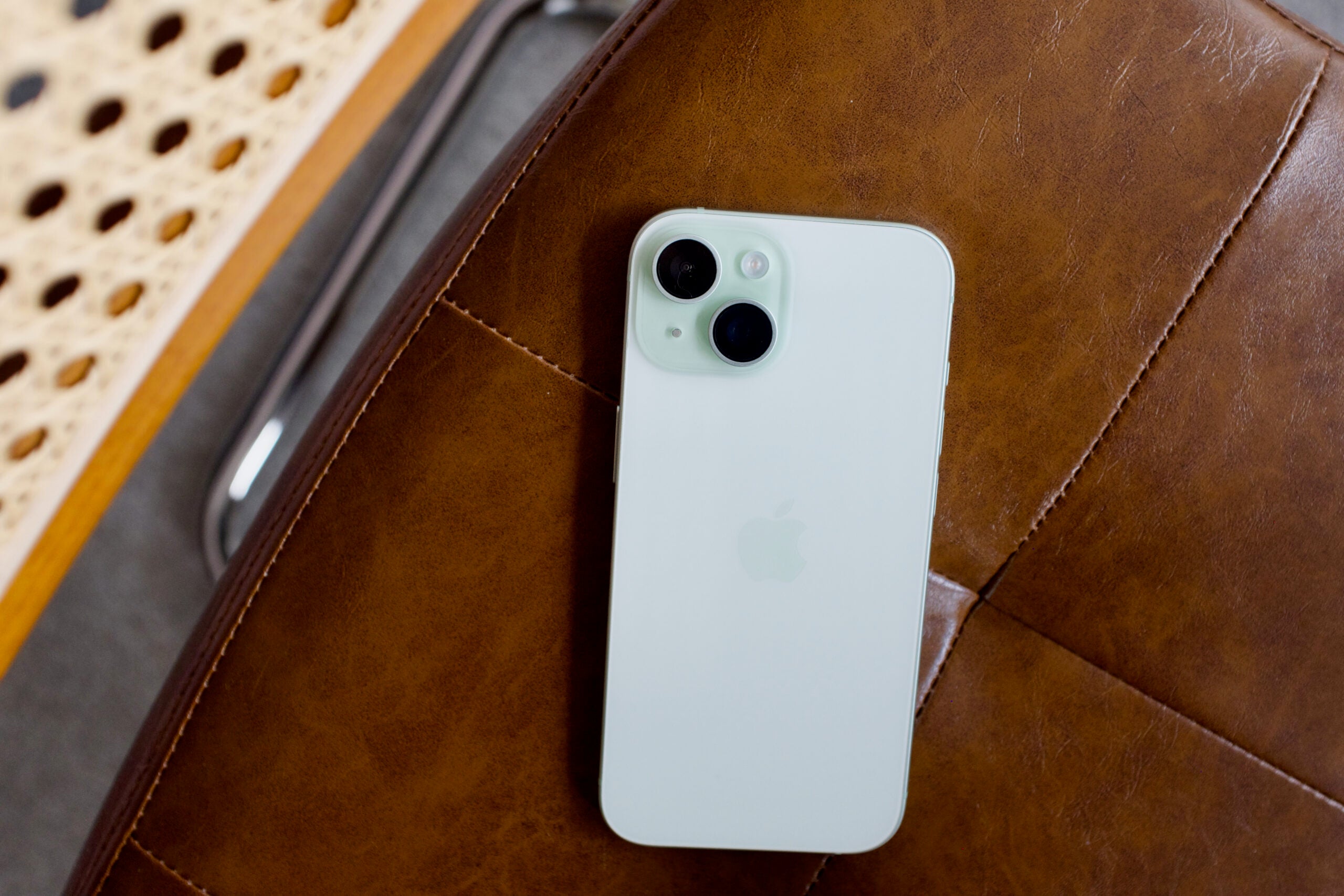
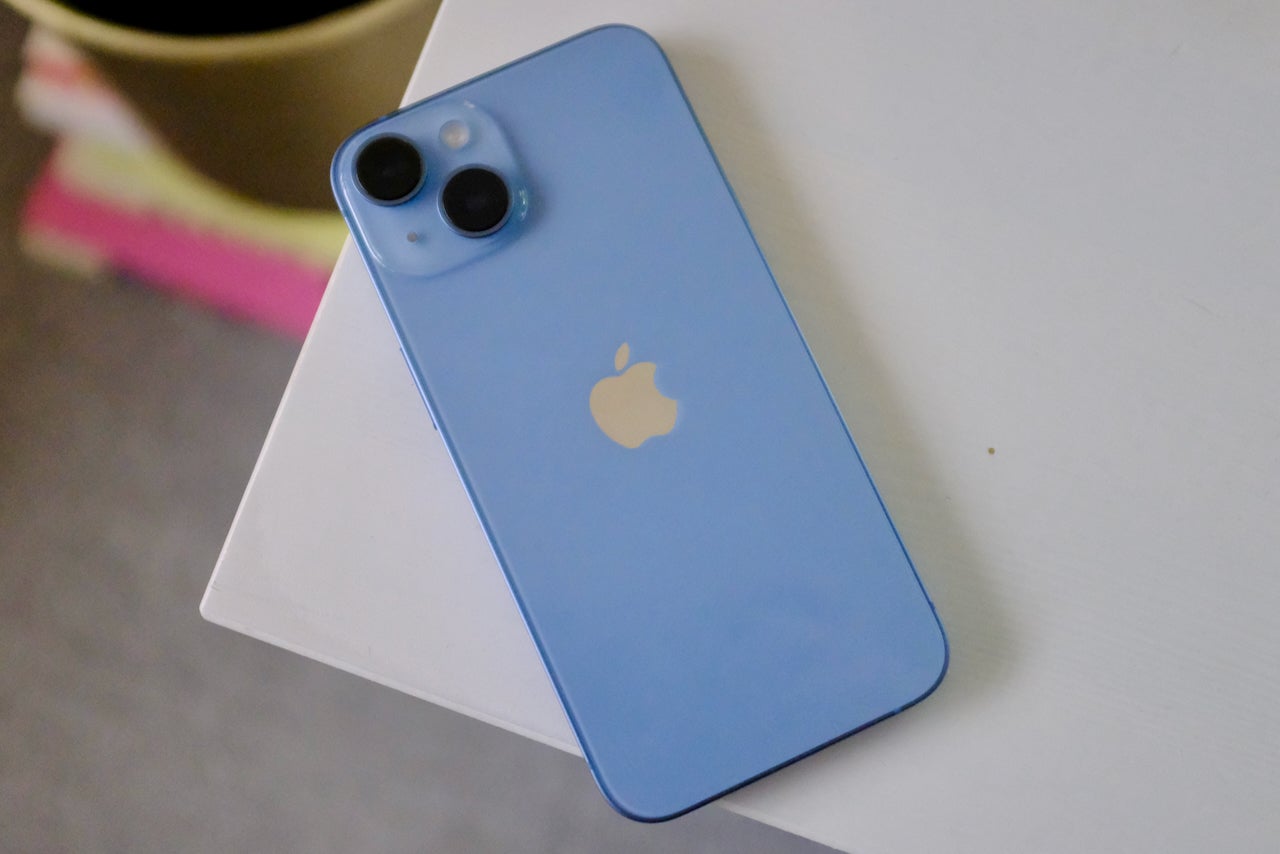
The iPhone 15 has a very similar design, with the main difference being the tweaked chassis that’s been around since the iPhone 11. It has a smoother, frosted back and feels a lot gripper than its predecessor, with a minor curve to the edge of the screen that makes it feel more comfortable to hold for long periods of time.
Another big difference between these handsets is the inclusion of a USB-C port on the latest model, with the iPhone 14 packing the traditional Apple Lightning port.
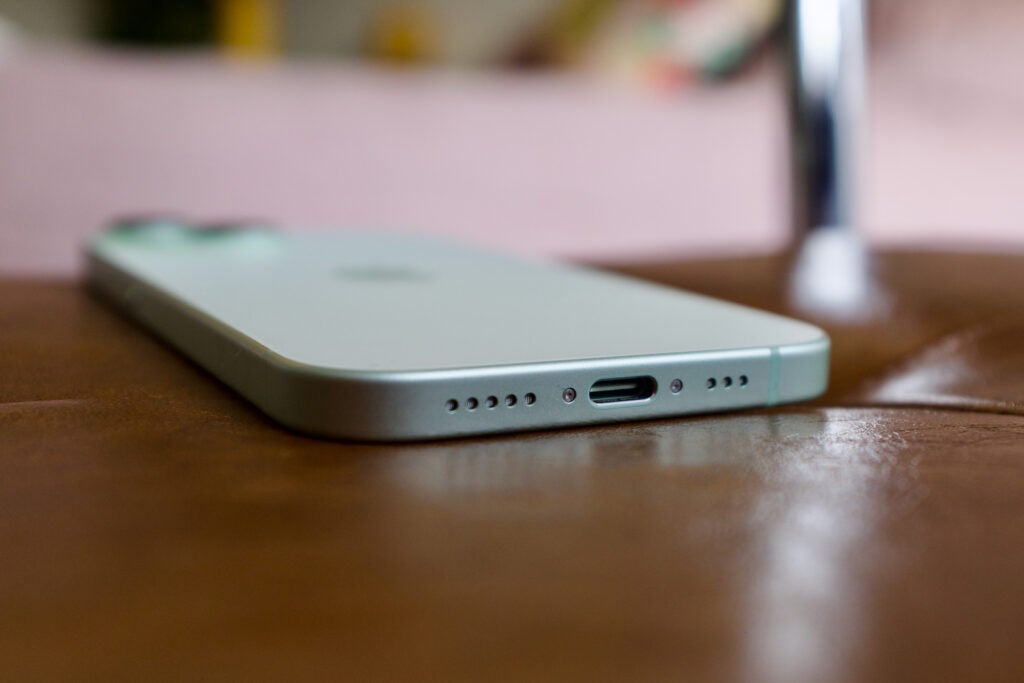
We found that the iPhone 14 display offered a faithful recreation of colours, with enough brightness for impactful HDR content. The 6.1-inch Super Retina XDR OLED display comes with a 2532×1170 resolution, but we were disappointed at the lack of ProMotion technology, with the refresh rate sitting at 60Hz.

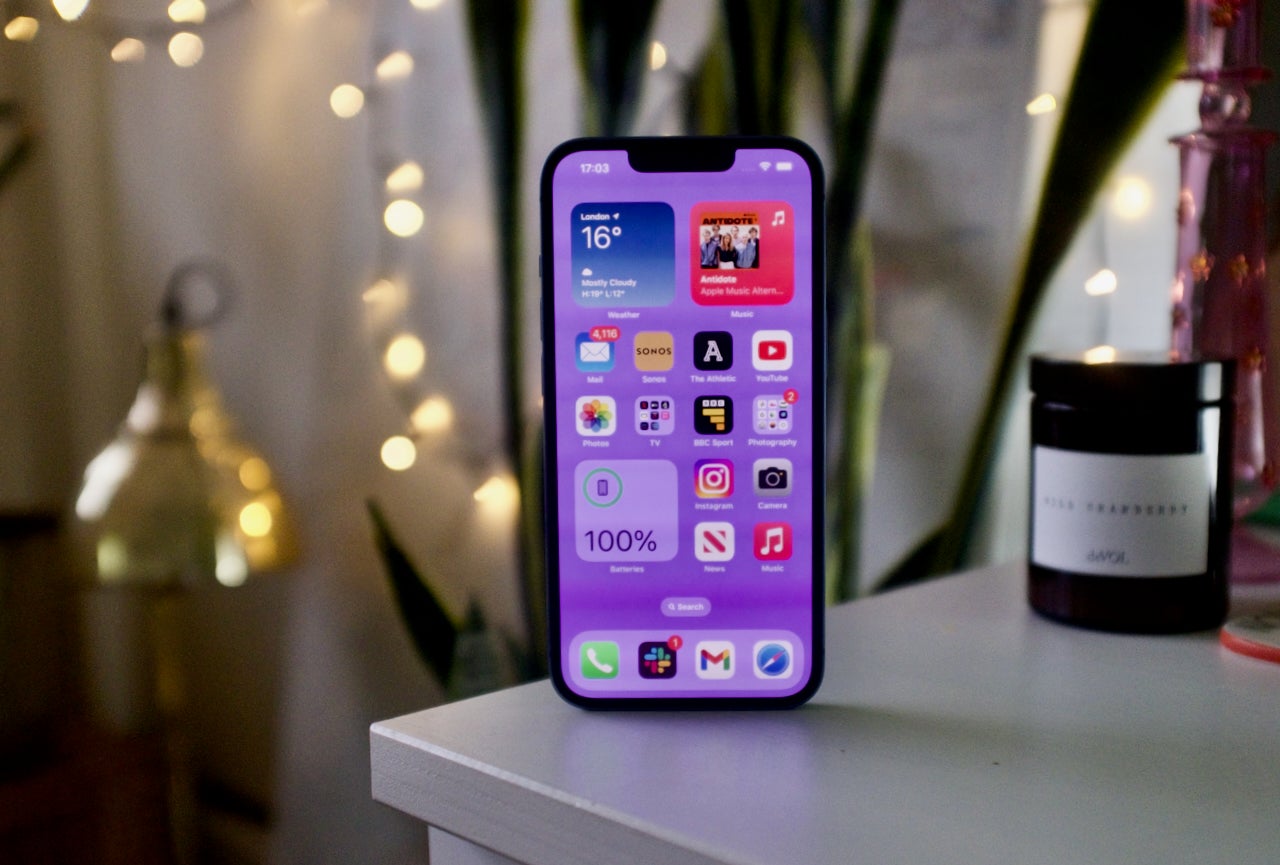
The iPhone 15 also opted out of ProMotion – which is still exclusive to the iPhone Pro and Pro Max models – but it does come with Dynamic Island. We felt that the pill-shaped cutout was a welcome replacement for the tired notch, acting as both a covering for the cameras and a secondary space for notifications to appear. Other than Dynamic Island, the rest of the screen is the same as the iPhone 14, making the Dynamic Island feature the main difference.
Performance
The iPhone 14 is powered by the A15 Bionic, the same chipset that powers the iPhone 13 Pro and Pro Max. It offered up new features like Car Crash Detection – a feature that uses the sensitive accelerometer inside the phone to alert emergency services (along with emergency contacts) after a collision – and an emergency SOS feature. Overall, the handset was very speedy to use, with no hiccups during our review period, making it a great candidate for browsing and gaming.
Apple kitted out the iPhone 15 with the A16 Bionic, which features inside the iPhone 14 Pro and Pro Max. Our benchmark results proved that there’s been a significant performance bump for the iPhone 15 compared to its predecessor, although you likely won’t notice the difference unless engaging with demanding workloads such as video editing.
Cameras
The iPhone 14 comes with a dual-camera setup, including a 12-megapixel main sensor and a 12MP ultrawide with 5x optical zoom support. You can check out some photo samples of the phone below:




Meanwhile, Apple has upgraded the iPhone 15 with a 48MP main sensor, although it still retains the 12MP ultrawide sensor. This iPhone 15 is now able to capture more detail, with the individual strands of a dog’s fur appearing more pronounced, which you can check out in the slideshow below:





When using the iPhone 15, we found that low-light shots had more detail, especially when Night Mode doesn’t kick in. However, both phones still perform competently in such situations despite being overly reflective when it comes to bright lights (such as streetlights) after dark.
Video quality is strong on both the iPhone 15 and iPhone 14 too, capable of up to 4K 30fps in Cinematic Mode, while Action Mode smooths out the motion when snapping fast-moving subjects. The higher megapixel count of the iPhone 15 does offer more detail, but there’s still not a huge difference between these phones for video capture.
Battery Life
The iPhone range is not known for having particularly impressive endurance, but the iPhone 14 still managed to eke out its predecessors. We were able to comfortably get through a full, busy day with between 20-30% of battery life remaining by bedtime, and even 35-40% on quieter days. We got very similar results with the iPhone 15 too.
When using the iPhone 15, an hour of Netflix streaming used up 8% of the battery and our reviewer managed to finish each day with around 20-30% of battery remaining, putting it on the same level as the iPhone 14 when it comes to overall battery life.
As we’ve already mentioned, the iPhone 15 is the first iPhone to make the switch over to USB-C. The change of charging port hasn’t done much to improve charging speeds, however, with the iPhone 15 charging up from 0% to 100% in 90 minutes, the same results we found on the iPhone 14.
Final Verdict
Overall, both the iPhone 14 and iPhone 15 are very worthy handsets. The iPhone 15 is more expensive at £799/$799 compared to the iPhone 14’s £699/$699. That makes the latter £100/$100 cheaper.
But if you’re happy to pay a little more for the iPhone 15, then you will be treated to a more powerful chipset, larger camera sensor and features like Dynamic Island. In practice, however, these phones do feel very similar to use and can both handle intensive tasks like gaming, but you are more likely to notice the design changes and the aforementioned Dynamic Island update.
If you want the most cutting-edge vanilla handset from Apple, then you should consider the iPhone 15, but if you’re happy to spend a little less and miss out on a 48-megapixel main sensor, the iPhone 14 is still a very safe bet.


